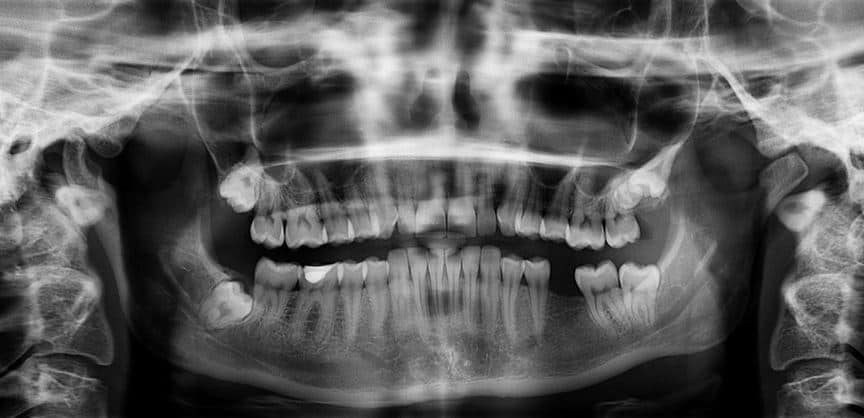
X-rays are very common methods of diagnosing a variety of health conditions. With all the changes in medical technology, you may believe that common radiography examinations have lost some of their importance. However, radiography still retains a significant role in diagnosing numerous conditions and in improving overall health. These examinations are particularly well-liked among nurses because of the ease and speed with which they can be completed and because they are much cheaper than other testing methods are.
Chest X-rays for Heart and Lung Health
A chest X-ray can show the basic structures of the heart and lungs and can be used to diagnose everything from an enlarged heart to fluid-filled lungs. It can be used to diagnose pneumonia, COPD and even cystic fibrosis. It can also be used to monitor treatments following heart surgery, heart valve replacement and lung cancer. Each of these diseases can be fatal, but a simple chest X-ray can show doctors what treatment to prescribe next and whether past treatment has been successful.
Mammography for Breast Health
It is estimated that over 40,000 individuals die from breast cancer each year. A mammogram is a type of radiographic examination that takes short bursts of pictures of the breast tissue to determine if there are tumors or masses that could spell trouble. Mammograms can help to catch breast cancer early when it is easier to treat.
Dental X-rays for Tooth Health
Most dentists recommend dental X-rays every year. Not only can these examinations provide information about tooth decay, helping individuals achieve clean and pain-free mouths, but also dental X-rays can help eliminate certain types of heart disease. Tooth decay that goes untreated can damage the heart valves, leading to leaky heart chambers and poor blood flow through the body.
Chest X-rays for Swallowed Objects
Radiographic examinations can also be used in emergency situations when individuals swallow solid objects. The X-ray can show the doctor exactly where the object is located in the respiratory or gastrointestinal system and aid in quick removal. Digital radiography is particularly important in emergency cases because it uses computer technology to provide readouts quickly, eliminating the need for the traditional image plate.
X-rays with Barium Enemas
X-rays can be performed with barium enemas to allow doctors to examine the lower gastrointestinal tract. The barium enema provides contrast material to brighten certain tissues and make it easier for the doctor to see areas of disease or bleeding. These X-rays can be used to diagnose life-altering bleeding or twisted bowels as well as colorectal cancer, diverticulitis and irritable bowel syndrome.
Of course, not every condition will call for a radiographic examination. Radiography is used mainly for viewing the bones and other solid or semi-solid objects in the body, including the heart, lungs and digestive tract. Thus, it can be used to diagnose bone cancer, arthritis, bone fractures and tumors. With digital radiography bringing about important changes in the field, doctors are now able to view images more clearly than they ever could before while saving patients and health care workers time and money.
Emma Sturgis
Recent Posts
- Castor Oil For Better Hair Growth: Is It Myth Or Fact?
- Exploring the Differences Between Sermorelin, Ipamorelin, Ibutamoren, GHRP2, and GHRP6: Understanding Their Role in Human Growth Hormone Regulation
- Unraveling the Mystery: Understanding the Causes and Prognosis of Ventricular Tachycardia Without Apparent Heart Disease
- Understanding Grandparents’ Rights in Oklahoma: Navigating Visitation and Legal Protections
- 10 Reasons to Consider Hypnotherapy for Your Health

